Interfictions Zero
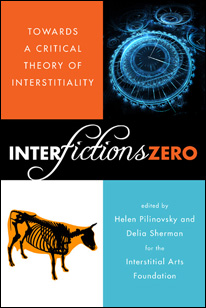
Interfictions Zero
Interfictions Zero, edited by Delia Sherman and Helen Pilinovsky, is a rolling online anthology of interstitial criticism on interstitial texts. Every month, an original essay will go up on the Interstitial Arts Website, concerning some previously published piece of interstitial writing (hyperlinked where possible). The goal of Interfictions Zero is to begin to create a historical context for how interstitial writing affects the growth and development of various literary genres and to work towards a practical definition of Interstitiality.
We are currently accepting submissions for additional essays in this anthology. For details, please see our submissions page. You can also download a flyer with additional details.
Current Table of Contents
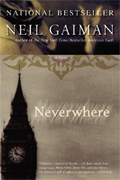
|
Jennifer Miller, Ph.D., March 2012
"Neil Gaiman's Neverwhere highlights two additional features of interstitial art: namely its ability to create new meaning and its capacity to engage the reader in the issues of the novel, thus blurring the line between fiction and reality. As a result, even though interstitial literature is a category of literature with no fixed boundaries and few defining works, the effects of this category on both literature and society are long-lasting, even permanent."
|

|
S.J. Hirons, January 2012
"2666, an unremitting examination of the inter-complexities of 'evil', is heralded as Bolaño's masterpiece but, for me, as a sometime writer of what might be called interstitial fiction, the more impactful and instructive work will always be Nazi Literature in the Americas."
|

|
Sofia Samatar, September 2011
" If magical realism and interstitial arts both mix fantasy with conventional reality, if they both encourage revolt against the traditional constraints of genre, and if writers like Angela Carter can be placed in both categories, then why do we need both terms? More importantly, by embracing the concept of the interstitial, do we risk damaging the position of magical realism, through which, especially since the 1982 Nobel Prize award of the grand old man of the genre, Gabriel García Márquez, so many works from around the world have been read, critiqued and taught?"
|
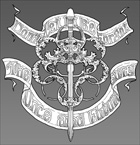
|
Kat Howard, July 2011
"King Arthur is quintessentially interstitial. He is both once and future. He is the Dux Bellorum of Rome, the Pendragon of the Welsh, the rightwise king, born of all England. The legitimate heir to the throne, but an illegitimate child whose kingship was proven by ordeal (or, at the least, magical selection)."
|
| |
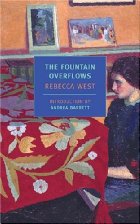
|
Rachel Zakuta, June 2011
"The fruits of West's quest, her copious writings, are naturally interstitial, spilling into the realms of politics, religion, culture, history, and art. Even West's fiction crosses traditional boundaries, ranging through genres in search of truth. The unfinished trilogy she called A Saga of the Century – The Fountain Overflows, This Real Night, and Cousin Rosamund – defies all attempts at conventional categorization."
|
| |
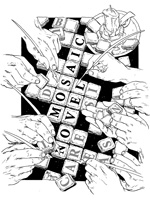
|
J M McDermott, May 2011
"In this imaginary category, individual pieces of story, potentially disjointed from other pieces of story, are arranged into the shape of a narrative. This whole shape, comprised of and beyond the individual pieces, reveals more than the sum of the parts of each of its fictional segments or sections."
|
| |
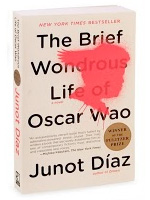
|
Carlos Hernandez, April 2011
"It wasn't until I remembered my two encounters with the prostitutes of Havana that I understood the nature of fukú in Junot Díaz's The Brief Wondrous Life of Oscar Wao."
|
About the Editors
Delia Sherman was born in Tokyo, Japan, and brought up in New York City. She earned a PhD in Renaissance Studies at Brown University and taught at Boston University and Northeastern University. She is the author of the novels Through a Brazen Mirror, The Porcelain Dove, Changeling, and The Magic Mirror of the Mermaid Queen. A co-founder of the Interstitial Arts Foundation, she lives in New York City. More about Delia can be found on her profile page and at deliasherman.com. Her essay "An Introduction to Interstitial Arts: Life on the Border" can also be found on this website.
Helen Pilinovsky recently received her Ph.D in English and Comparative Literature from Columbia University, where she worked on issues of translation and genre formation in the realm of the fairy tale. Her dissertation is titled "Fantastic Emigres: Translation and Acculturation of the Fairy Tale in a Literary Diaspora". She is now an assistant professor at California State University, San Bernardino. Helen's reviews have appeared in Marvels & Tales: the Journal of Fairy Tale Studies and the New York Review of Science Fiction, and she has been published at the Endicott Studio for the Mythic Arts, in Realms of Fantasy magazine, and in a selection of academic journals. She has guest-edited issues of the Journal of the Fantastic in the Arts and Extrapolations, and she is the Academic Editor of Cabinet des Fees. Her interests include fairy tales, folklore, and the fantastic, as well as teaching, arguing literary theory, and silversmithing.









